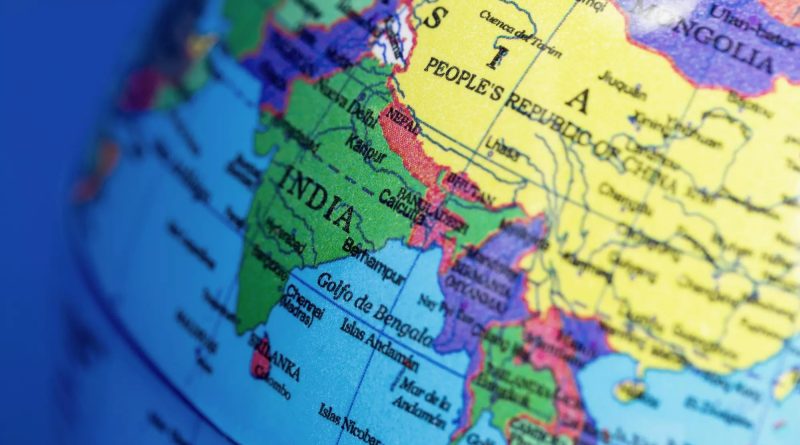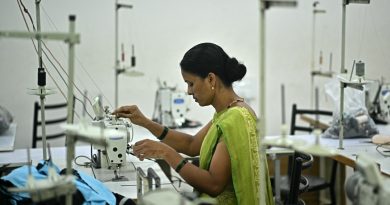South Asia, home to nearly two billion people and one of the world’s youngest workforces, sits astride some of the most vital shipping lanes. Yet the region has never managed to unlock its intra-regional trade potential.
While countries like China, Vietnam and Bangladesh have thrived by exporting to the West, commerce among South Asian neighbours remains stagnant. Trade within Saarc accounts for just 8% of the region’s exports—around $38.7 billion. By contrast, Asean nations trade 22% of their goods with each other, while the EU’s intra-regional trade share is nearly 50%.
Economists say the shortfall reflects not just economics but entrenched politics: infrastructure bottlenecks, high tariffs, cumbersome non-tariff barriers, and rivalries that routinely override commercial logic.
Trade blocked at borders
The region’s fragility is evident in recurring disputes. In April, Bangladesh suspended yarn imports from India via land ports to protect its spinning mills. India retaliated by suspending transshipment facilities and banning certain Bangladeshi exports. Nearly $15 billion in bilateral trade was disrupted.
Supply chains suffered immediately. Garment manufacturers in Bangladesh scrambled for inputs, while Indian exporters lost access to a key market.
“It was all done all of a sudden, and finally, the goods were rerouted to Chattogram port,” recalls Humayun Rashid, chairman of Energypac Fashions. “The interests of businessmen of both Bangladesh and India were affected a lot.”
India-Pakistan trade remains frozen in mistrust, shrinking further after fresh border skirmishes in May.
Politics first, trade later
According to Selim Raihan of the South Asian Network on Economic Modeling, South Asia’s intra-regional trade share of 8% is “too poor compared to 22% among Asean members.”
Even where no outright ban exists, protectionism remains severe. Tariffs in Bangladesh and Nepal are among Asia’s highest. Testing and certification are rarely recognised across borders, despite a Saarc common testing facility. Customs inefficiencies, duplicative paperwork, and informal payments clog key land ports like Benapole-Petrapole, where trucks wait for days.
The irony: it is often cheaper for Bangladeshi exporters to ship to Hamburg or New York than to Kolkata.
Missed opportunities
The contrast with Southeast Asia is telling. In the 1980s, Asean also faced political mistrust and poor infrastructure. But member states harmonised standards, slashed tariffs, and built institutions. Three decades later, intra-regional trade multiplied.
The EU went further, underpinning nearly half of its exports with common standards and supranational institutions.
Saarc, founded in 1985, was meant to play a similar role in South Asia. Instead, political tensions—especially between India and Pakistan—have stalled summits for years. “The Saarc is in the ICU,” says Raihan.
Sub-regional frameworks like the BBIN corridor or Bimstec have been floated, but either collapsed over domestic resistance or lacked binding mechanisms.
The business case is clear
For Bangladesh, the consequences are visible. Its export share to Saarc partners plunged from 12.8% in 2021 to just 2.8% in 2024. India and Pakistan remain at a paltry 3–4%. Most South Asian countries rely far more on Europe, the US and China than on each other.
Yet business leaders see potential. BGMEA President Mahmud Hasan Khan believes trade with India will endure despite tensions, citing how India and China maintain commerce despite political rifts. Others, like Urmi Group’s Asif Ashraf, warn that “no trade tension brings any positive outcomes.”
Md Jashim Uddin, president of the Saarc Chamber of Commerce, points to shifting global supply chains: “The world is looking for ‘China Plus One’. With its nearly $5 trillion economy, two billion people, and strategic location, South Asia offers immense potential.”
But he concedes that high tariffs, weak infrastructure, and duplicative standards “have kept us from becoming the next global supply chain hub.”
The road ahead
Global trade disruptions from wars, energy crises and US tariffs are prompting companies to diversify supply chains. Regions that integrate fastest will capture investment. Southeast Asia already has. Africa is positioning itself with a new continental free trade area.
South Asia risks missing out again. Economists say every barrier—tariffs, non-tariff measures, customs inefficiencies—ultimately traces back to politics. Without India-Pakistan reconciliation, Saarc will remain inert.
“The opportunity is huge,” Raihan stresses. “But we have backtracked and missed it because of our rivalries.”
Unless political will aligns, South Asia will remain an outlier: a region where geography and demographics suggest immense promise, but history and politics deliver chronic disappointment.






